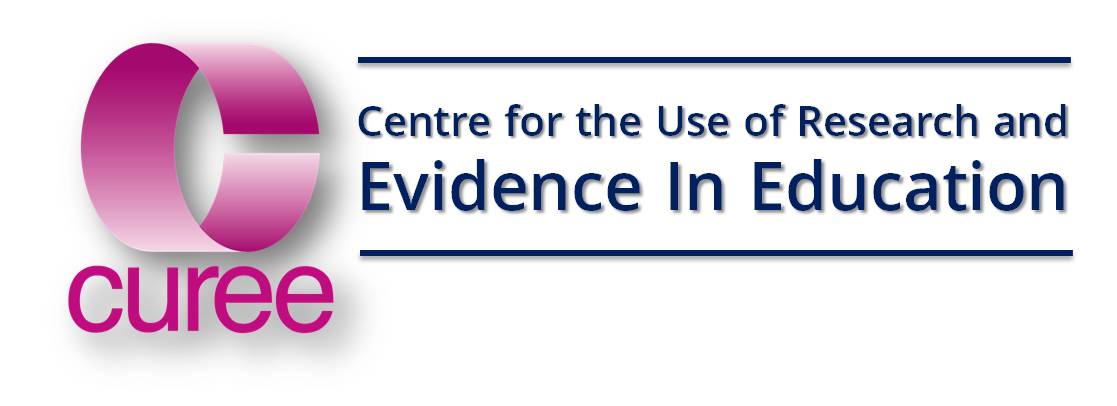The National Teacher Research Panel was set up about 15 years ago by CUREE supported by a group of national education agencies most of which no longer exist. It had three main goals:
- To ensure that all research in education takes account of the teacher perspective
- To ensure a higher profile for research and evidence informed practice in government, academic and practitioner communities
- To increase the number of teachers engaged in and with the full spectrum of research activity.
Over the several years of its existence, the Panel, supported by its expert advisers in CUREE, has helped and encouraged dozens of teachers and school leaders to do high quality but practical research. The Panel also helped them report their findings succinctly, in plain English and focused on relevance to other practitioners. This is one such example of that work.
Interactive whole class teaching has been identified by the British Government's National Strategies as a key way to help to raise standards in literacy and numeracy. At the same time, interactive whiteboards (IWBs) have been made widely available and are generally viewed as teaching tools which can promote interactive whole class teaching. They are often seen as a means of increasing pupil motivation to learn and of improving interactivity in teaching. How can teachers create an interactive learning environment in practice and do IWBs, as their name suggest, really help to make teaching and learning more interactive?This month, the Research for Teachers team has summarised a study* that explored both these questions. The project involved the detailed observation of 184 lessons conducted by 30 Year 5 and 6 teachers from 12 schools, over two years. All interactions in every lesson were recorded electronically, many of the lessons were video recorded and feedback was gained from pupils and teachers on their perceptions of interactive teaching and IWBs.The researchers found that whole class teaching was typically characterised by traditional question and answer sequences directed by the teacher, with 64% of talk time being taken by teachers and with boys involved more than girls. IWBs seemed if anything to exacerbate this imbalance unless teachers took active counter-measures.True interactive teaching which was more helpful to learning was characterised by a more equal distribution of dialogue between the teacher and pupils. In addition:
the type and quality of responses teachers gave to pupils' answers were found to be central to promoting interactive teaching and learning, even more important than questioning techniques
a key feature of good interactive lessons was that teachers consciously intended lessons to be conversational.
Pupils were generally very positive about their experience of IWBs, especially in providing a new mode for learning which chimed with pupils' increasing experience of new technologies. But the introduction of IWBs did not, by itself, automatically change the way teachers taught or interacted with pupils. Some aspects of IWBs were identified as having potential to enhance whole class interactive teaching. In particular, IWB use over time led to more open questions, more whole class teaching, faster paced lessons and more, though shorter pupil answers. The researchers went on to suggest that for IWBs to be used to their full potential, they are best saved for when they can add most to a lesson.
File attachments:
Document section:
